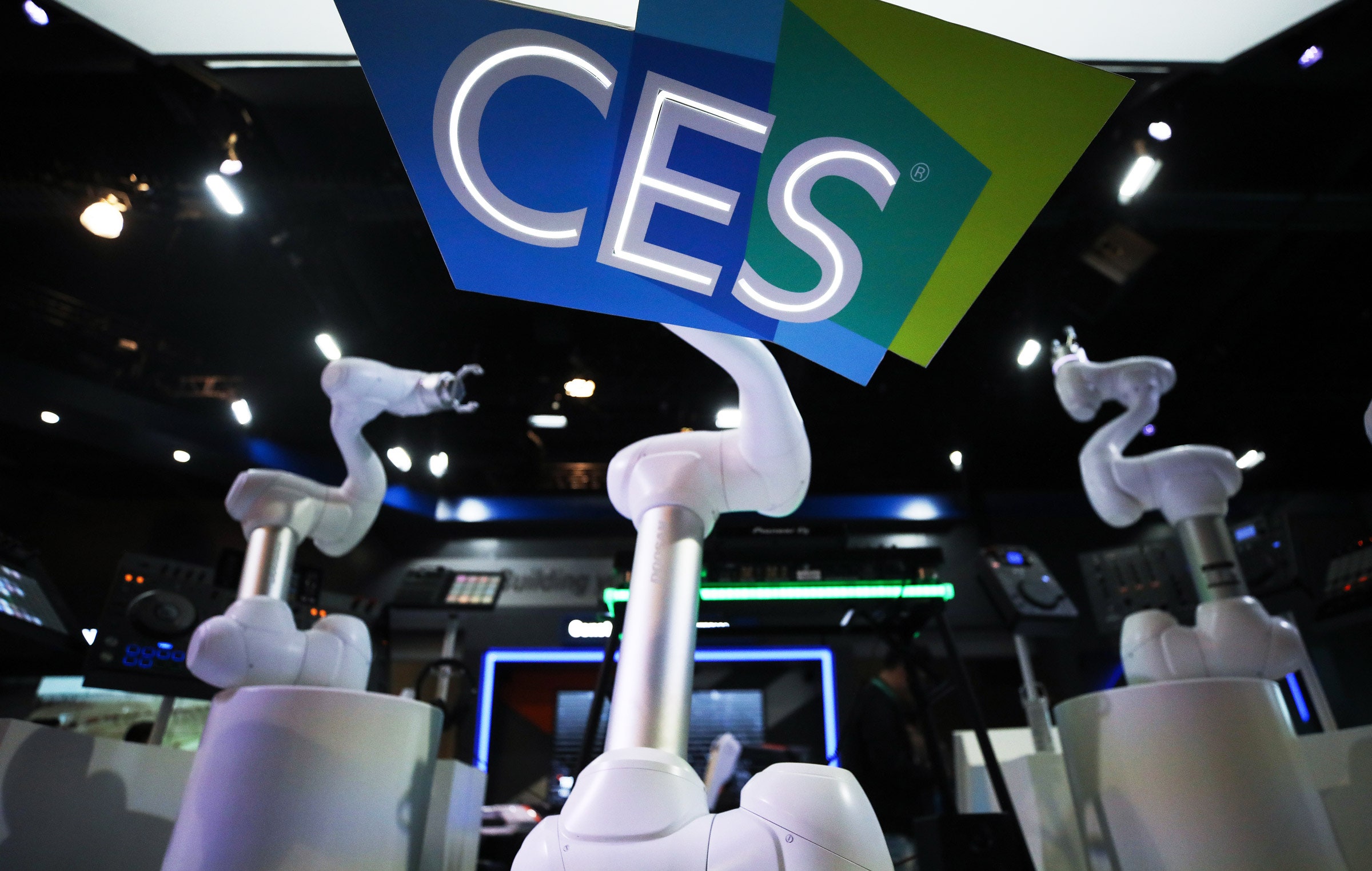
At first it was just this; the mild inconveniences of attending a multi-day virtual event, the musings on what we’ve learned about online conferences during the coronavirus pandemic. Normally, more than 150,000 people would gather in Las Vegas every January to gawk at the gadgets and mingle with marketers. In July 2020, the Consumer Technology Association (which runs CES) pulled the plug on any kind of in-person event for January 2021 and started planning an online event instead. This year’s CES would be a bridge year, a best effort to make things seem “normal” while we all wonder if we’ll return to a real normal by January 2022. (I’d really, really like to be together again next year.)
But as this week wore on, as I watched online keynote sessions and marketing videos promising sharp visions of the future, the value of an all-virtual CES actually became less clear. The new products, which we usually look forward to, felt less exciting. It’s hard to determine the viability of any product by watching a slick video about it. The series of keynotes and panels about the future of tech felt less like revelatory conversations and more like TED Talk offshoots I might scroll past in my Twitter feed. And while most of the press conferences, keynote sessions, and panels referenced the global pandemic—how could you not—the rest of the event played out as though a deadly attack on the US Capitol hadn’t just happened last week.
Lire l’article complet sur : www.wired.com



Leave A Comment